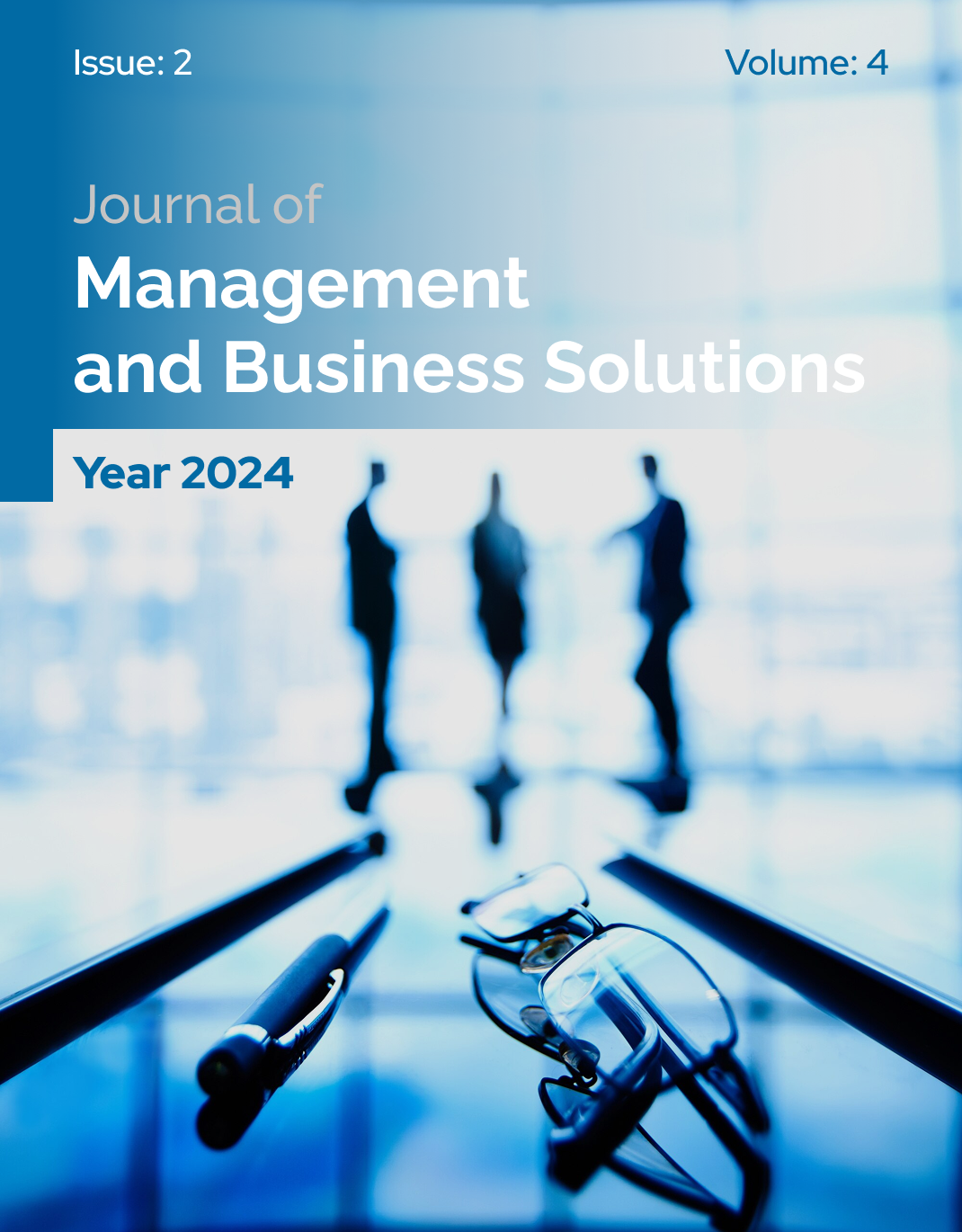Exploring the Key Causes of Organizational Resistance to Digital Transformation
Keywords:
Digital transformation, Organizational resistance, Change management, Leadership, Culture, Structural barriers, Qualitative research, IranAbstract
This study aims to identify and explore the key causes of organizational resistance to digital transformation, focusing on cultural, structural, and leadership-related barriers in the context of Iranian organizations. A qualitative research design was employed using semi-structured interviews with 21 participants from various public and private sector organizations in Tehran. Participants were selected through purposive sampling to ensure firsthand experience with digital transformation processes. Data collection continued until theoretical saturation was achieved. All interviews were transcribed verbatim and analyzed using thematic analysis with the support of NVivo software, allowing for systematic coding and identification of core themes and subthemes. The analysis revealed three major categories of resistance: (1) Cultural and psychological barriers, including fear of job displacement, change fatigue, and resistance to learning new skills; (2) Structural and operational challenges, such as inadequate infrastructure, poor communication, and lack of strategic clarity; and (3) Leadership and governance issues, including passive leadership, vision misalignment, and bureaucratic rigidity. Participants highlighted that resistance often emerged not from hostility but from uncertainty, lack of trust, and perceived loss of autonomy. The findings were consistent with and extended previous studies by contextualizing resistance in a developing country setting. Organizational resistance to digital transformation is multifaceted and deeply rooted in both human and systemic factors. Successful digital transformation requires more than technological investment—it demands inclusive leadership, cultural alignment, structural readiness, and transparent communication. By addressing the psychological, operational, and strategic dimensions of resistance, organizations can build more resilient and adaptive transformation frameworks.
Downloads
References
Baiyere, A., Salmela, H., & Tapanainen, T. (2020). Digital transformation and the new logics of business process management. European Journal of Information Systems, 29(3), 238–259. https://doi.org/10.1080/0960085X.2020.1718007
Bouwman, H., Nikou, S., & de Reuver, M. (2019). Digitalization, business models, and SMEs: How do business model innovation practices improve performance of digitalizing SMEs? Telecommunications Policy, 43(9), 101828. https://doi.org/10.1016/j.telpol.2019.101828
Fitzgerald, M., Kruschwitz, N., Bonnet, D., & Welch, M. (2014). Embracing digital technology: A new strategic imperative. MIT Sloan Management Review, 55(2), 1–13.
Hess, T., Matt, C., Benlian, A., & Wiesböck, F. (2016). Options for formulating a digital transformation strategy. MIS Quarterly Executive, 15(2), 123–139.
Hinings, B., Gegenhuber, T., & Greenwood, R. (2018). Digital innovation and transformation: An institutional perspective. Information and Organization, 28(1), 52–61. https://doi.org/10.1016/j.infoandorg.2018.02.004
Horlacher, A., & Hess, T. (2016). What does a chief digital officer do? Managerial tasks and roles of a new C-level position in the context of digital transformation. Proceedings of the 49th Hawaii International Conference on System Sciences, 5126–5135.
Kane, G. C., Palmer, D., Phillips, A. N., & Kiron, D. (2017). Achieving digital maturity. MIT Sloan Management Review, 58(2), 1–6.
Kane, G. C., Palmer, D., Phillips, A. N., Kiron, D., & Buckley, N. (2015). Strategy, not technology, drives digital transformation. MIT Sloan Management Review, 14(1), 1–25.
Laumer, S., Maier, C., & Eckhardt, A. (2016). The impact of learning resistance and organizational support on employees’ success in digital transformation. Journal of Management Information Systems, 33(2), 362–389. https://doi.org/10.1080/07421222.2016.1205930
Ravichandran, T. (2018). Exploring the relationships between IT competence, innovation capacity and organizational agility. Journal of Strategic Information Systems, 27(1), 22–42. https://doi.org/10.1016/j.jsis.2017.05.002
Rogers, E. M. (2003). Diffusion of innovations (5th ed.). Free Press.
Sebastian, I. M., Ross, J. W., Beath, C. M., Mocker, M., Moloney, K. G., & Fonstad, N. O. (2017). How big old companies navigate digital transformation. MIS Quarterly Executive, 16(3), 197–213.
Susanti, D., Suryaningsih, R., & Wulansari, D. R. (2023). Organizational readiness and digital transformation: A case from developing economies. International Journal of Information Management, 69, 102592. https://doi.org/10.1016/j.ijinfomgt.2022.102592
Taroun, A., & Yang, J. (2011). Dilemmas of the evolution of digital transformation in project-based environments. International Journal of Project Management, 29(8), 956–969.
Verhoef, P. C., Broekhuizen, T., Bart, Y., Bhattacharya, A., Qi Dong, J., Fabian, N., & Haenlein, M. (2021). Digital transformation: A multidisciplinary reflection and research agenda. Journal of Business Research, 122, 889–901. https://doi.org/10.1016/j.jbusres.2019.09.022
Vial, G. (2019). Understanding digital transformation: A review and a research agenda. Journal of Strategic Information Systems, 28(2), 118–144. https://doi.org/10.1016/j.jsis.2019.01.003
Wamba, S. F., Gunasekaran, A., Akter, S., Ren, S. J. F., Dubey, R., & Childe, S. J. (2017). Big data analytics and firm performance: Effects of dynamic capabilities. Journal of Business Research, 70, 356–365. https://doi.org/10.1016/j.jbusres.2016.08.009
Westerman, G., Bonnet, D., & McAfee, A. (2014). Leading digital: Turning technology into business transformation. Harvard Business Review Press.
Downloads
Published
Submitted
Revised
Accepted
Issue
Section
License

This work is licensed under a Creative Commons Attribution-NonCommercial 4.0 International License.




